How to Create a Survey for Your Business Needs (With 20+ Samples)
The following list of samples are surveys commonly used in the world of business:
-

Annual Retail Survey
Gain a clear insight on the market’s shifting retail industry with the help of this survey.
-
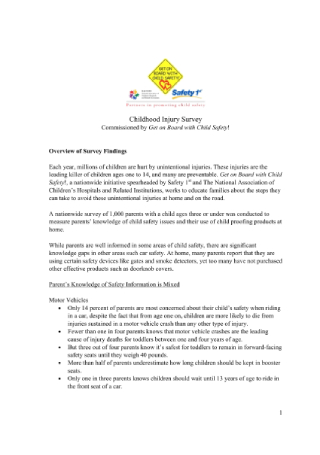
Childhood Injury Survey
Contribute to the epidemiologic studies of for-profit and nonprofit organizations using this survey.
-

Client Experience Survey Report
Improve the quality of your services by gathering accounts on personal experiences.
-
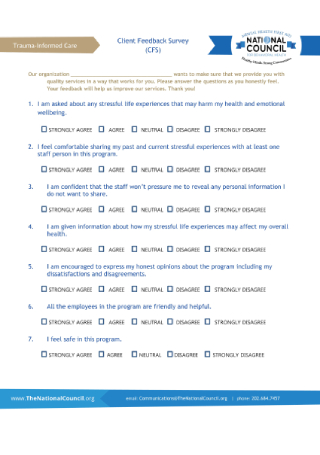
Client Feedback Survey
Collect customer opinions about your products or services using a feedback survey.
-

Consumer Market Research Survey
Send out a market research survey to gather enough input from your target audience.
-

Customer Satisfaction Survey
Use a survey to measure how happy or unhappy your customers were with your products or services.
-

Employee Engagement Survey
Measure how dedicated your employees are to the company’s goals and outcome with a survey.
-
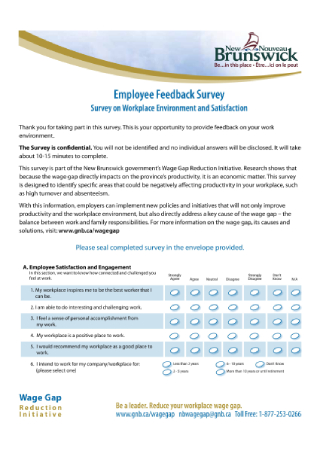
Employee Feedback Survey
Acquire valuable feedback from company employees through a survey.
-

Global Client Survey
Conduct a global client survey to review performance and spot areas for improvement.
-
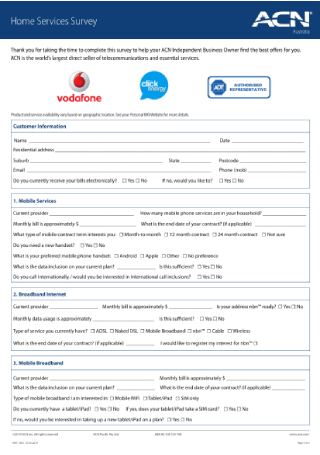
Home Services Survey
Discover the best offers that you can provide customers with the help of a survey.
-
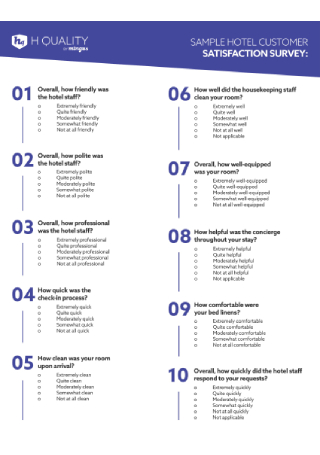
Hotel Customer Satisfaction Survey
Strive to offer the best possible service to hotel guests through a customer satisfaction survey.
-
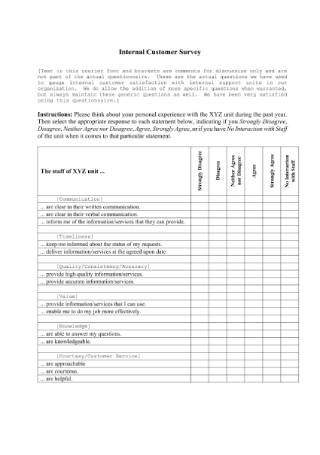
Internal Customer Satisfaction Survey
Create a survey to find out how satisfied internal customers are within a department or team.
-
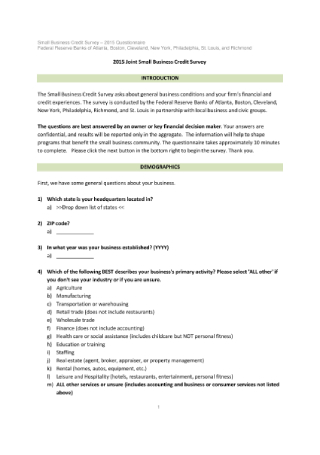
Joint Small Business Credit Survey
Evaluate performance and financing success rates by administering a survey.
-
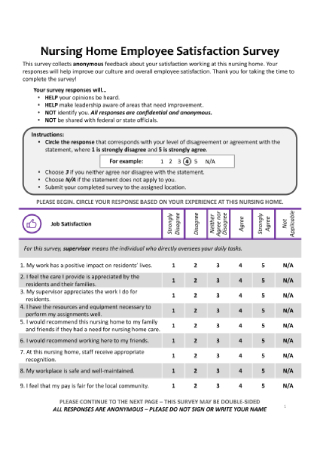
Nursing Home Employee Satisfaction Survey
Use a survey to collect anonymous feedback regarding one’s satisfaction as an employee.
-
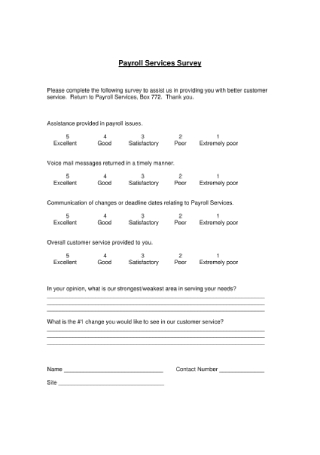
Payroll Services Survey
See how you can provide better customer service by asking clients to answer a survey.
-
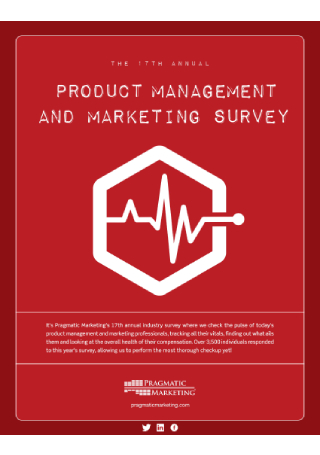
Product Management and Marketing Survey
Perform thorough checkups on your business with the help of a survey.
-

Salary Survey
Determine a fair and competitive salary for employees through a reliable survey.
-

Survey of Environmental Products and Services
Collect data regarding the sales of environmental goods and services using a survey.
-

Veterinary Client Survey
Deliver better service by diving deeper into the needs and experiences of veterinary clients.
-

Workplace Survey Report
Figure out what’s effective and what’s not in the workplace with the help of a survey.
FREE Survey for Your Business Needs s to Download
How to Create a Survey for Your Business Needs (With 20+ Samples)
What Is a Survey?
The Benefits of a Survey
Steps to Creating a Survey
What Is a Survey?
A survey is used to extract specific data from a given population as an instrument to deeper understand a subject. This method of gathering information has enabled researchers to gain more accurate and reliable insights on various topics of interest. Surveys are usually conducted through a questionnaire, in which the data obtained from the procedure are utilized for further analysis by the research team. You can easily acquire this data from a selected group of individuals by administering your survey through a written questionnaire or an over-the-phone interview.
The Benefits of a Survey
Thanks to today’s technology, the process of creating, designing, and distributing surveys has become a million times more efficient than it was in the past. A lot of companies have found it much easier to collect feedback from customers and clients by using the Internet as a channel to carry out their surveys. But with the amount of work it takes to run a survey, it has left many to wonder whether the outcome is really worth the effort.
There are many ways that a business can benefit from a survey. Along with other techniques of data gathering, surveys are great for obtaining honest opinions and feedback from a diverse group of consumers. This will help the company refine the quality of their products and services in the best interests of the wider community. The information generated from the survey can also assist the team in making better decisions for the company and its future. By keeping employees and customers satisfied with your offers, the business may continue to prosper in a competitive environment.
Steps to Creating a Survey
Follow these steps to conduct effective surveys for your business needs:
